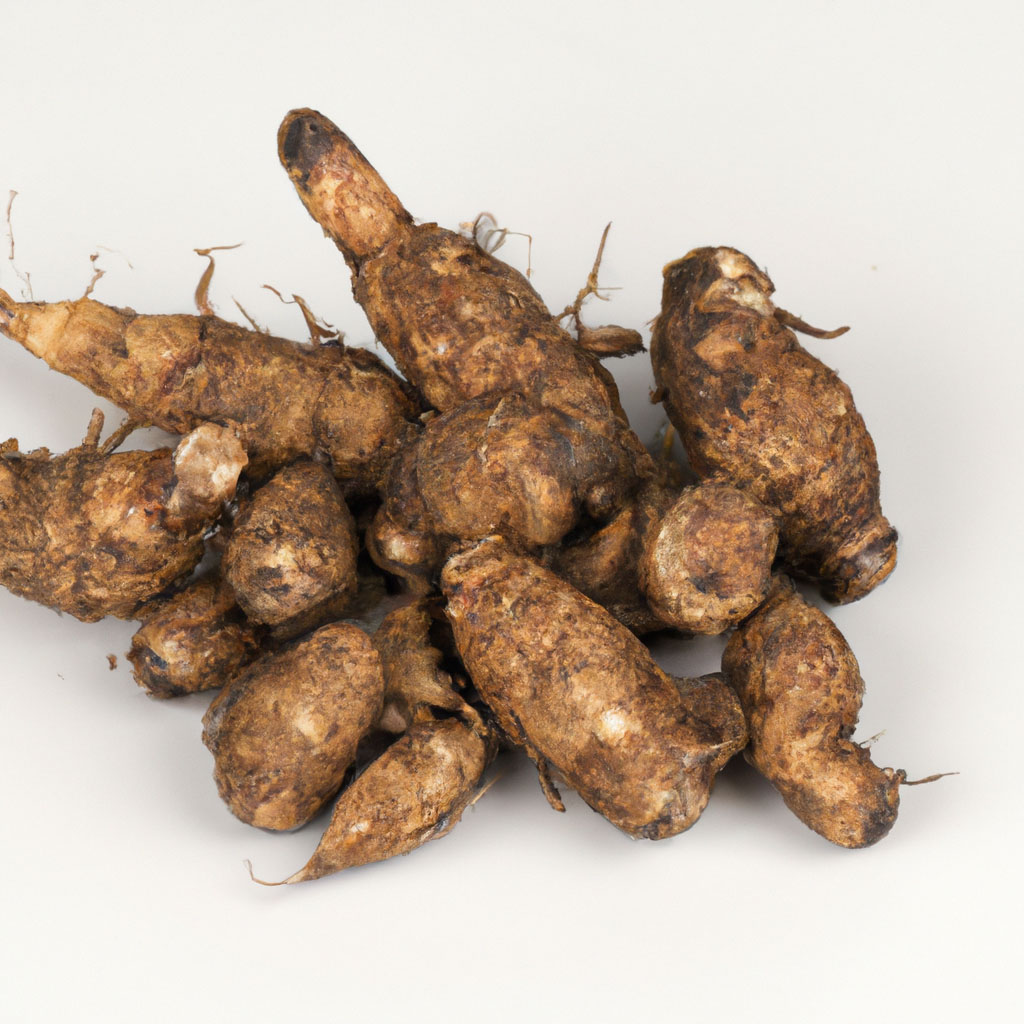Botanical Name: Acorus calamus
Also Called: Calamus, Flagroot
Sweet flag is a perennial herb that has been used for centuries for its aromatic and culinary properties. Native to Asia and Europe, sweet flag grows in wetlands and marshy areas, with long, sword-like leaves and aromatic rhizomes (underground stems).
Sweet flag is a striking plant with tall, green leaves that can grow up to six feet in height. The part most commonly used is its rhizome, which is harvested, dried, and either powdered or distilled into essential oils. The rhizome has a distinct, spicy aroma and slightly bitter taste, with earthy, sweet undertones that have made it a popular ingredient in natural remedies and perfumes for centuries.
Sweet flag has been valued for its aromatic properties for centuries. Its spicy, earthy scent has been used in perfumes and incense, as well as in potpourri to freshen rooms. In small amounts, sweet flag has been used in liqueurs, bitters, and traditional candies due to its sweet, aromatic flavor, although its culinary use is limited due to concerns about its safety in large doses.
While sweet flag has a long history of use, it’s important to note that certain varieties of Acorus calamus contain a compound called beta-asarone, which can be toxic in large quantities. Therefore, its use should be moderated, and consumers should seek out sweet flag products labeled as free from this compound.

